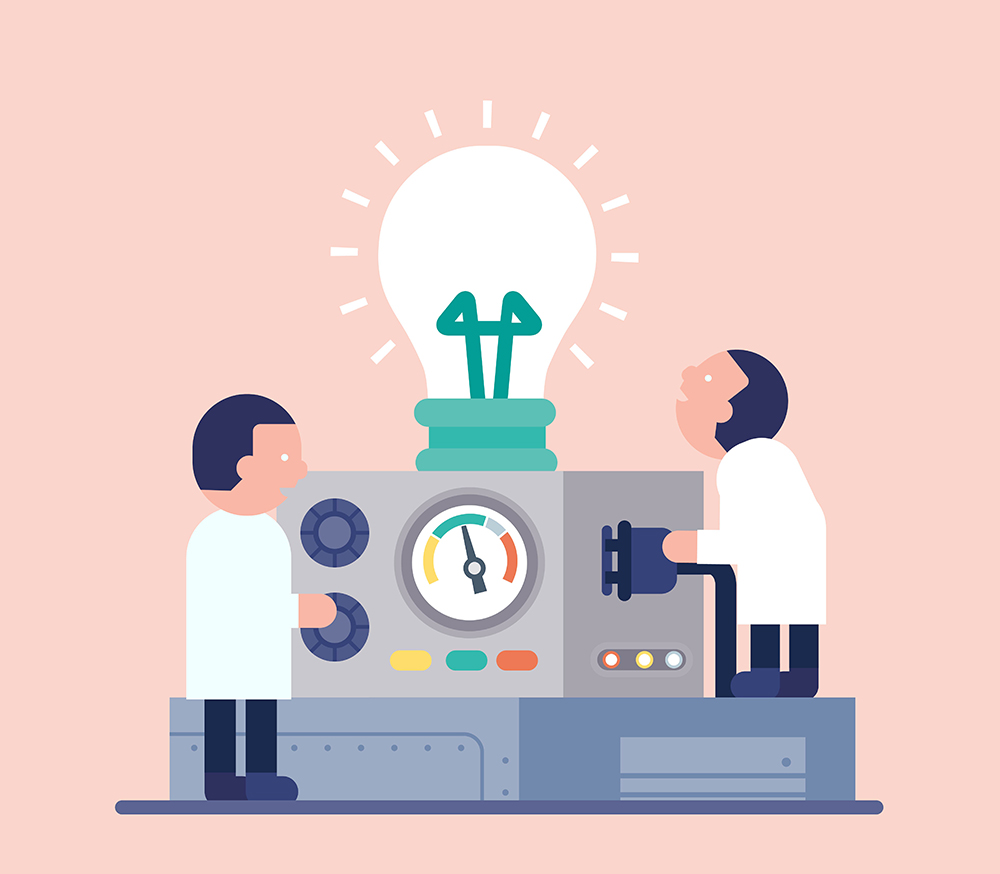How to Use Academic Activity for R&D
Newry’s clients employ some of the world’s brightest scientific minds to continually push the boundaries of what is possible. The breakthroughs achieved by these research teams have driven growth and innovation for decades, and routinely enable product improvements in hundreds of downstream industries. These folks are world-class problem solvers – and as any physicist or chemist knows, there is no shortage of problems to be solved in the world of materials technology!
Trouble sometimes arises, however, when companies try to decide which problems to solve. One common prioritization strategy is to look at areas of research that are gaining traction in academic circles, or ideas that an R&D team is most excited to expand upon. But relying on this sort of excitement is a risky strategy, as it does not measure the demand for a solution – only willingness and ability to solve the problem. Academic activity and enthusiasm in a particular area is almost never a bad sign, but companies should be wary of using it as the sole barometer for commercial interest, and make sure to vet with actual customers before committing to a major investment.
Recently a client asked us to identify potential R&D opportunities for them. Of the dozens we surfaced, our client settled on one that seemed closely aligned with one of their existing products – on the surface, a great pick, because building through adjacencies can be a great growth strategy. The product also happened to make use of some “buzzy” technology – the volume of academic papers and conference presentations on the topic had grown over the previous few years, and a few spin-outs had been formed to address this growing interest. There were some open questions about technical feasibility – scaling to industrial volumes, product consistency troubles, etc. – but overall it seemed like an interesting problem for our client to solve, and one that they had sufficient resources to address.
Companies should be wary of using academic activity and enthusiasm as the sole barometer for commercial interest.
In initial conversations with technical stakeholders at our client, we learned that the issues associated with taking the technology from research-scale to commercial-scale could almost certainly be overcome. Many of the scientists we spoke to had worked on a related material previously, and immediately started brainstorming solutions. This can-do attitude seemed to validate the hype we’d perceived in academic papers, presentations, and interviews, and indicated that the opportunity could indeed be viable.

Further discussions revealed, however, that while scaling the technology might be feasible, it would require significant retooling of the final product – not to mention a lot of time and money. The key question was: would the breakthrough be valued enough to justify the investment? During our external application review process, we found that potential customers just weren’t all that interested in the technology. Those findings dealt the final blow, and the project was killed.
It’s easy for R&D teams to be so close to their work that they lose objectivity. They’re curious and passionate about science, and are excited to see their work develop into a product. This tendency is part of what makes good scientists good (and valuable for companies’ R&D divisions!).

But all too often, this type of academic excitement from R&D isn’t paralleled by customers, who are either too far behind the technology to appreciate its value, or just aren’t experiencing enough pain to make a switch from their current state. Prioritizing problems to solve without considering the customer’s perspective can mean spending R&D dollars that don’t lead to viable products.
The good news is that killing off that undesirable project freed up resources that our client could devote to solving bigger, higher-value problems – creating more value for the client and their customers.
Find out how Newry can help your organization move smarter to move faster. Get traction in your market.
